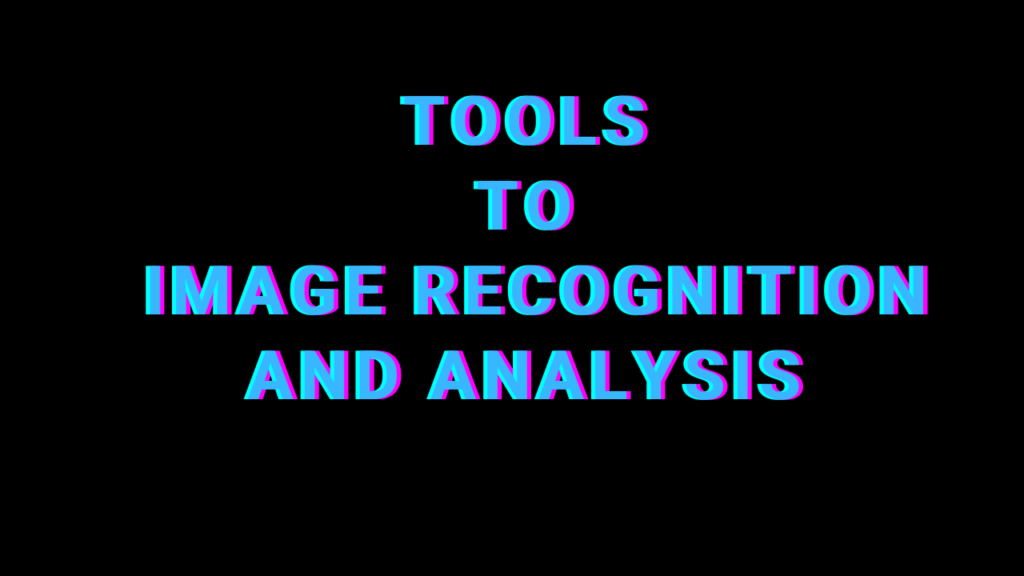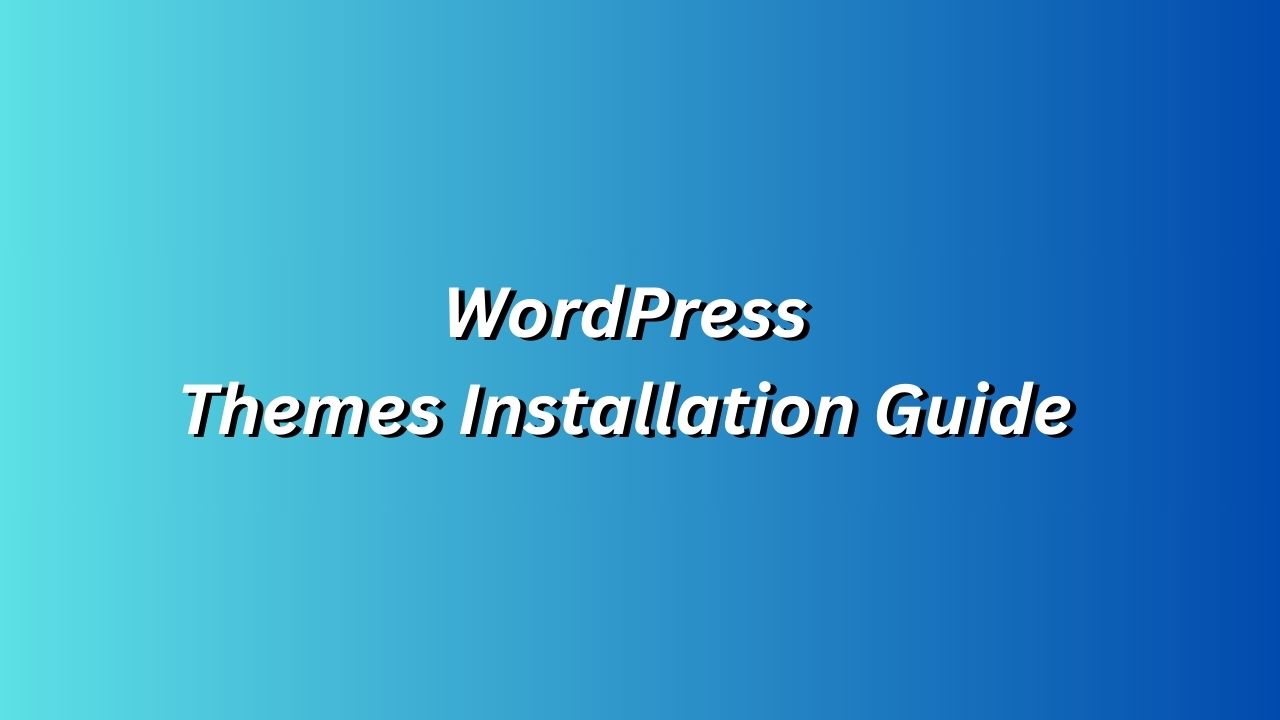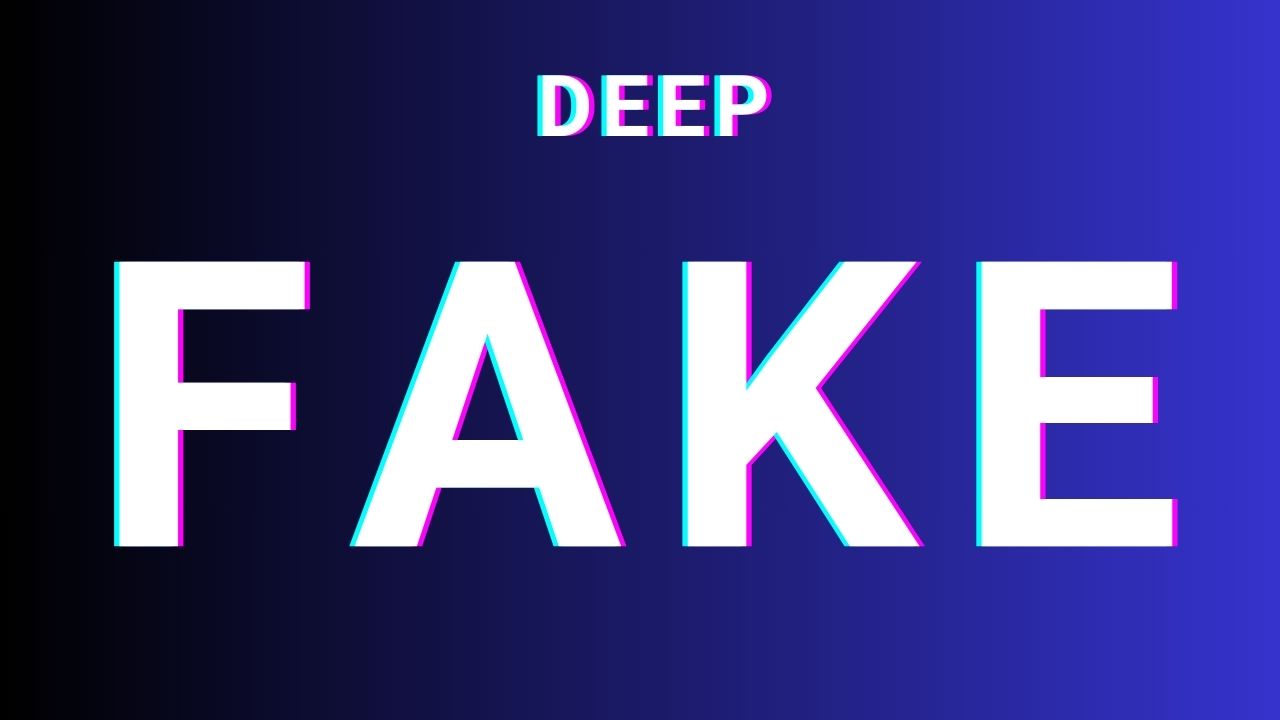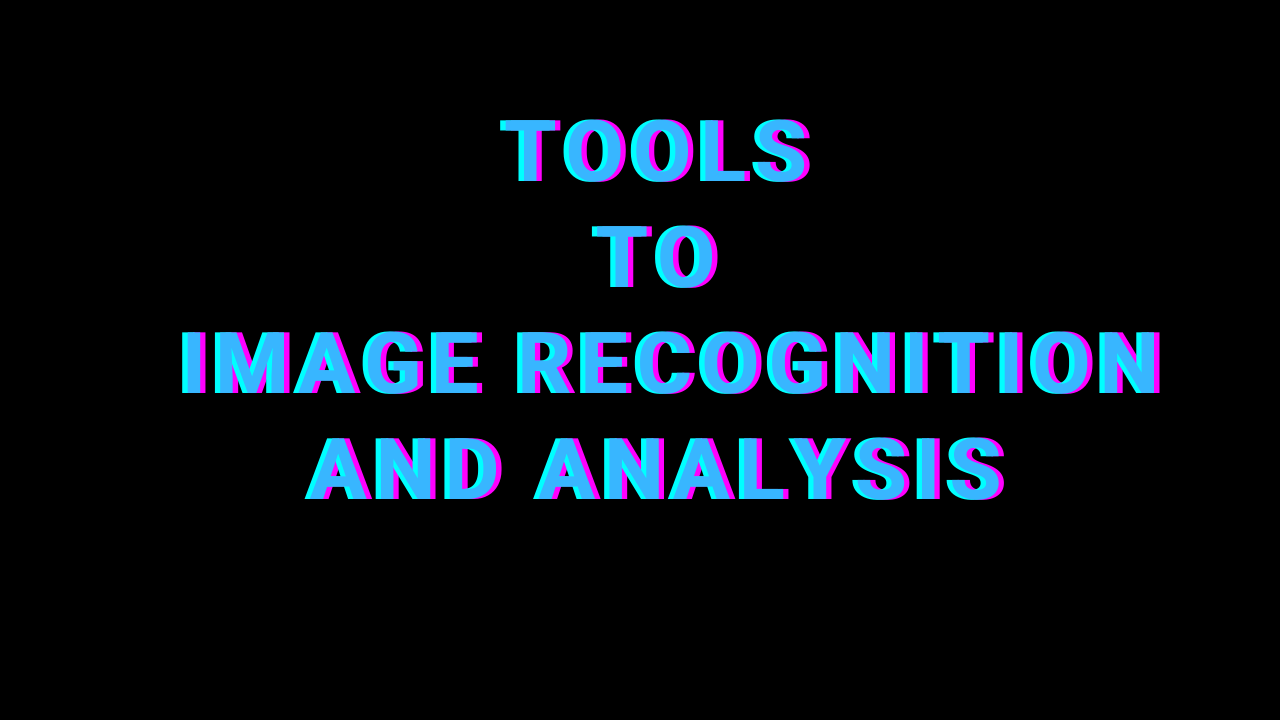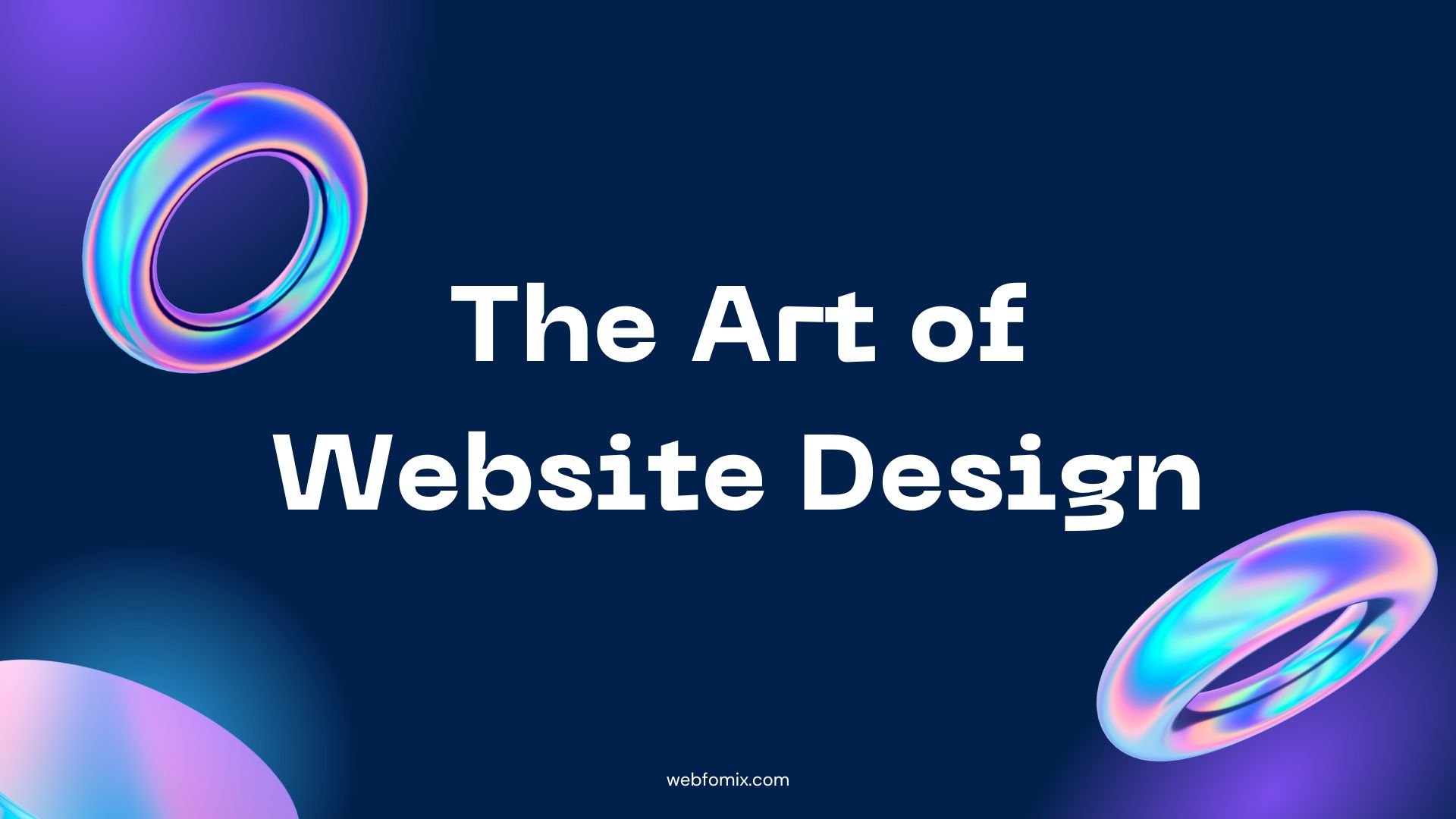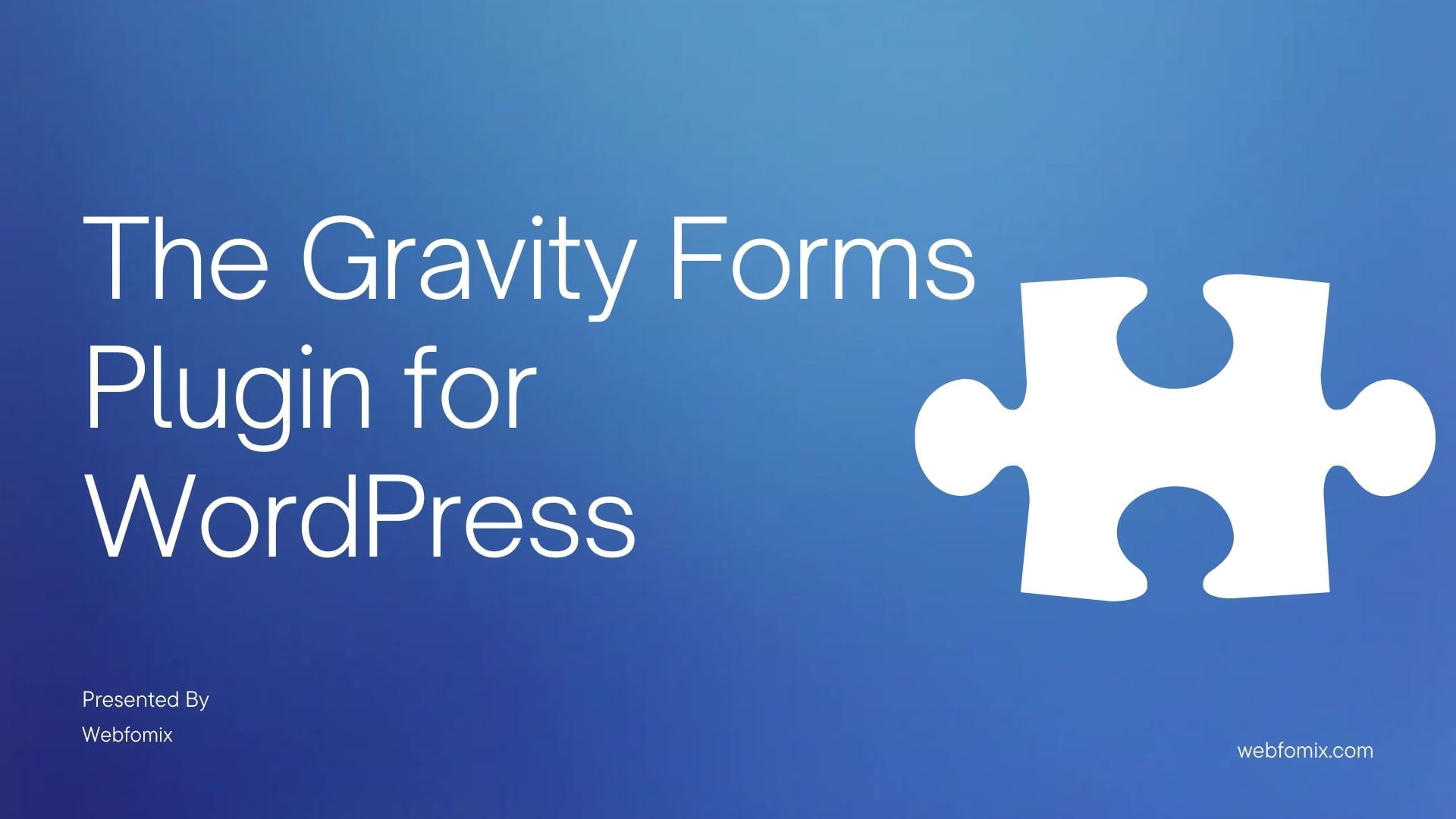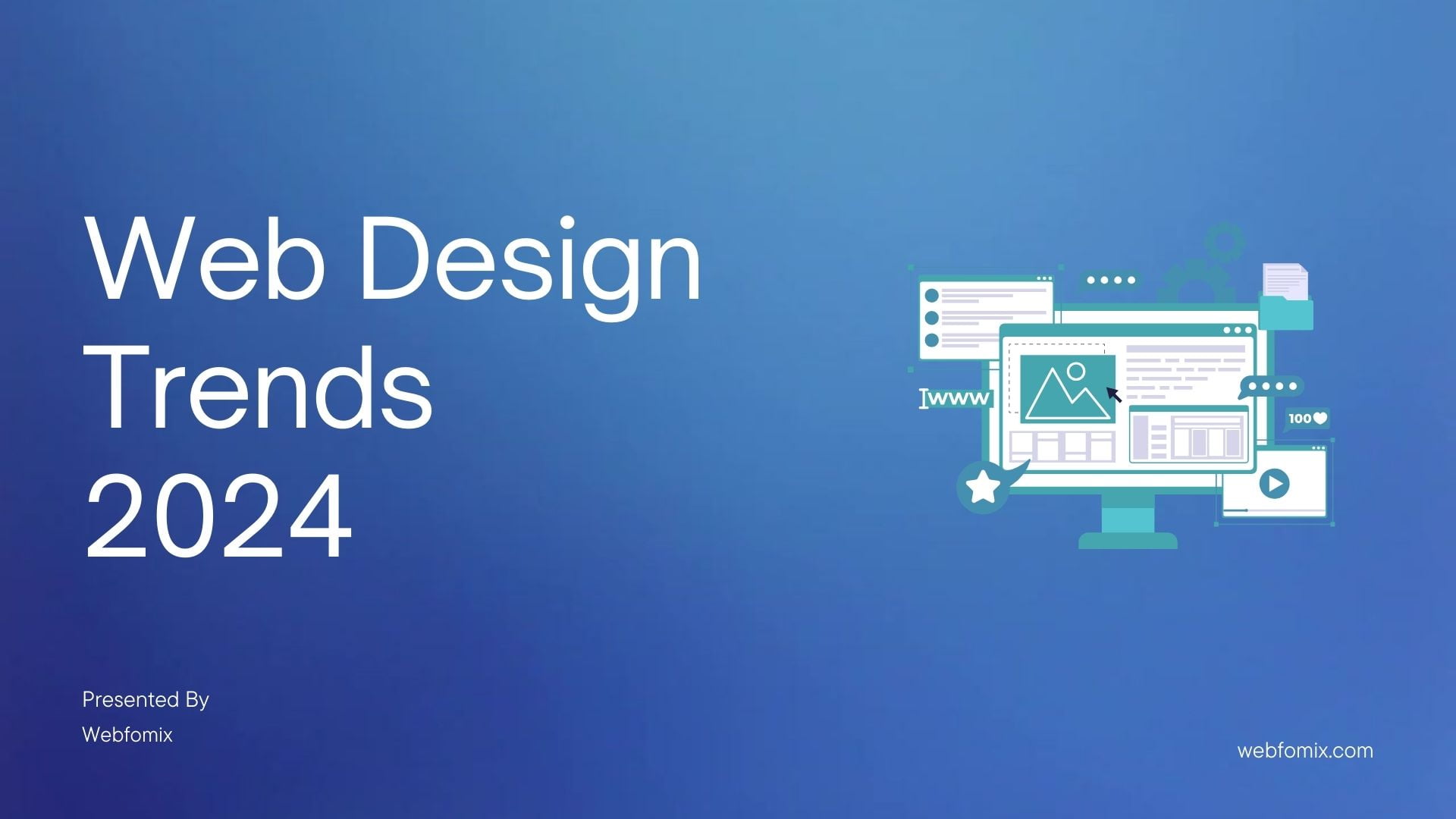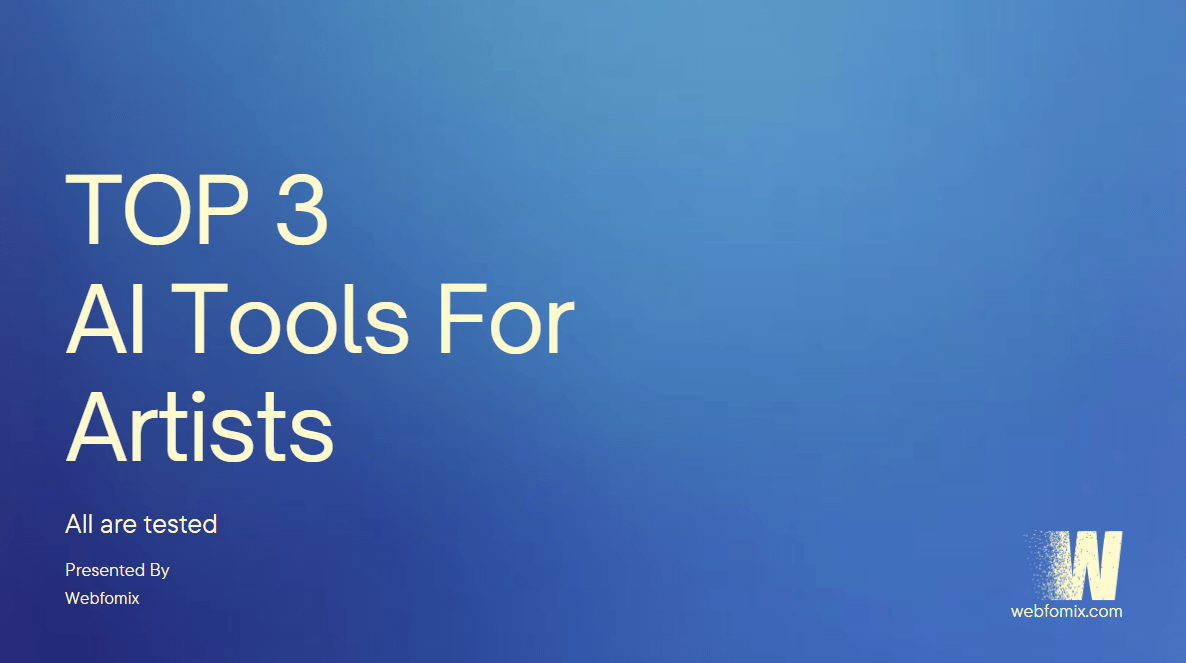The way we interact with visual content is undergoing a radical transformation. Fueled by artificial intelligence (AI), image recognition and analysis tools are unlocking unprecedented capabilities, empowering businesses across industries to unlock valuable insights from their visual data. From identifying objects in photos to understanding the emotions conveyed in advertisements, these AI-powered solutions are redefining how we see and interpret the world around us.
As the demand for image recognition and analysis tools surges, navigating the ever-evolving landscape can be daunting. Here, we unveil 5 of the leading players in this arena, each offering unique strengths and functionalities to cater to diverse needs:
Google Cloud Vision API:
A Scalable Powerhouse for Diverse Image Insights At the forefront of this revolution stands Google Cloud Vision API, a comprehensive solution renowned for its accuracy and scalability. This versatile API boasts an extensive toolkit, tackling tasks like object detection, landmark recognition, logo identification, and text extraction with impressive precision. Whether you’re analyzing millions of product images for e-commerce or extracting text from historical documents, Cloud Vision can handle it with ease. Additionally, its seamless integration with other Google Cloud services like Storage and BigQuery unlocks powerful analytical workflows, making it a popular choice for organizations seeking a robust and data-driven approach.Key strengths:
Pricing
Learning curve
Amazon Rekognition:
An AWS-Integrated Solution for Streamlined Analysis For businesses invested in the AWS ecosystem, Amazon Rekognition presents a compelling alternative. This service mirrors Cloud Vision’s core functionalities, offering object detection, scene understanding, facial analysis, and text recognition. Notably, Rekognition boasts tight integration with other AWS services like S3 storage and Lambda functions, enabling streamlined workflows within the AWS platform. This makes it a natural fit for organizations already deeply integrated into the AWS environment.Key strengths:
- Native AWS integration
- Cost-effective
- Familiar interface
- Variety of pre-built models
Limited customizability
AWS dependence
Microsoft Azure Computer Vision:
Pre-Built Models and Custom AI Power Microsoft throws its hat into the ring with Azure Computer Vision, a service offering both pre-built models and custom AI capabilities. This flexibility allows users to choose between readily available models for faster adoption or dive deeper by training their own models for bespoke needs. Additionally, Azure Computer Vision integrates with other Azure services like Cognitive Services and Bot Service, making it a valuable asset for developers building AI-powered applications.Key strengths:
- Balance of pre-built and custom models
- Integration with Azure services
- Developer-friendly tools
- Global availability
Pricing structure
Learning curve
Clarifai:
User-Friendly Interface and Deeper Image Insights For users seeking a more user-friendly approach, Clarifai stands out with its intuitive interface and focus on richer image insights. While offering core image recognition capabilities, Clarifai goes beyond by analyzing the emotions evoked by images, the activities depicted, and even brand identification. This deeper understanding of visual content makes it a valuable tool for marketing, advertising, and content creation professionals.Key strengths:
- User-friendly interface
- Richer insights
- Customizable solutions
